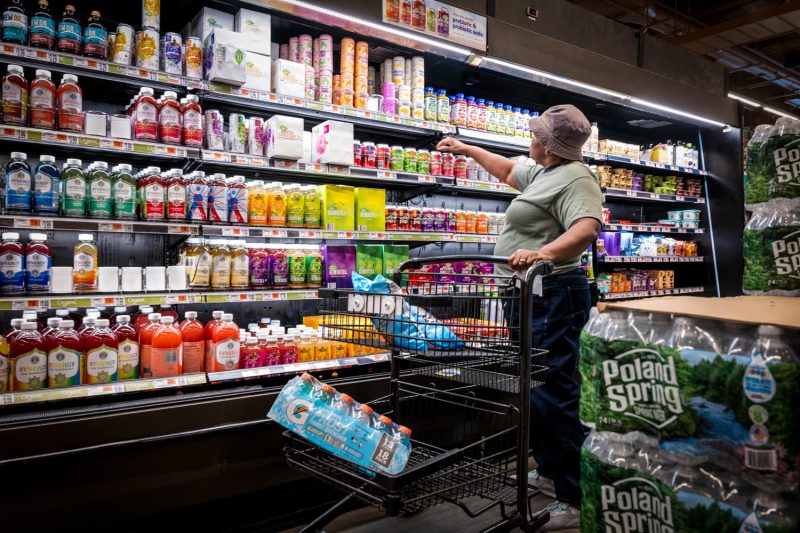Surging Grocery Prices Have Settled Down, but Shoppers Are Still Adjusting
Shifts in consumer behavior and spending habits have been evident in the wake of the COVID-19 pandemic, particularly in the realm of grocery shopping. As the world grappled with supply chain disruptions and increased demand for essential goods, grocery prices experienced a surge that left many consumers feeling the pinch in their wallets. While prices have since stabilized to some extent, the impacts of the initial surge are still being felt by shoppers who have had to adjust their shopping patterns and budgeting strategies.
The onset of the pandemic led to a significant increase in demand for groceries as consumers stocked up on essentials in anticipation of lockdowns and supply chain disruptions. This surge in demand, coupled with challenges in the production and distribution of goods, resulted in temporary but substantial price increases across various food categories. Staples such as meat, dairy, and produce saw notable price hikes, forcing many consumers to reconsider their purchasing decisions and budget allocations.
In response to the rising prices, consumers had to make strategic adjustments to their shopping habits. Many opted for more budget-friendly options, such as purchasing store brands, buying in bulk, or choosing generic alternatives. Others turned to meal planning and home cooking as a way to stretch their grocery budgets and reduce food waste. Additionally, some consumers explored new shopping venues, such as discount grocery stores or online platforms, in search of better deals and savings.
The impact of the initial surge in grocery prices extended beyond the immediate financial implications for consumers. It also prompted a reevaluation of priorities and values when it comes to food choices and consumption habits. Many shoppers became more conscious of the importance of supporting local producers and businesses, as well as the need for sustainable and ethically sourced food options. This shift towards mindful consumption is likely to have lasting effects on the way people approach grocery shopping in the future.
As grocery prices have gradually settled down from their peak levels, consumers are still navigating the aftermath of the price surge. While the situation has improved, factors such as inflation, supply chain disruptions, and fluctuating demand continue to contribute to uncertainties in the grocery market. Shoppers are advised to remain vigilant and adaptable in their shopping practices, keeping an eye out for deals and promotions while also preparing for potential future price fluctuations.
In conclusion, the surging grocery prices that accompanied the onset of the COVID-19 pandemic have not only tested consumers’ financial resilience but also prompted a reevaluation of shopping habits and priorities. While prices have stabilized to some extent, shoppers are still adjusting to the lingering effects of the price surge. By adopting smart shopping strategies, staying informed about market trends, and being flexible in their approach, consumers can navigate the evolving grocery landscape with confidence and ease.
